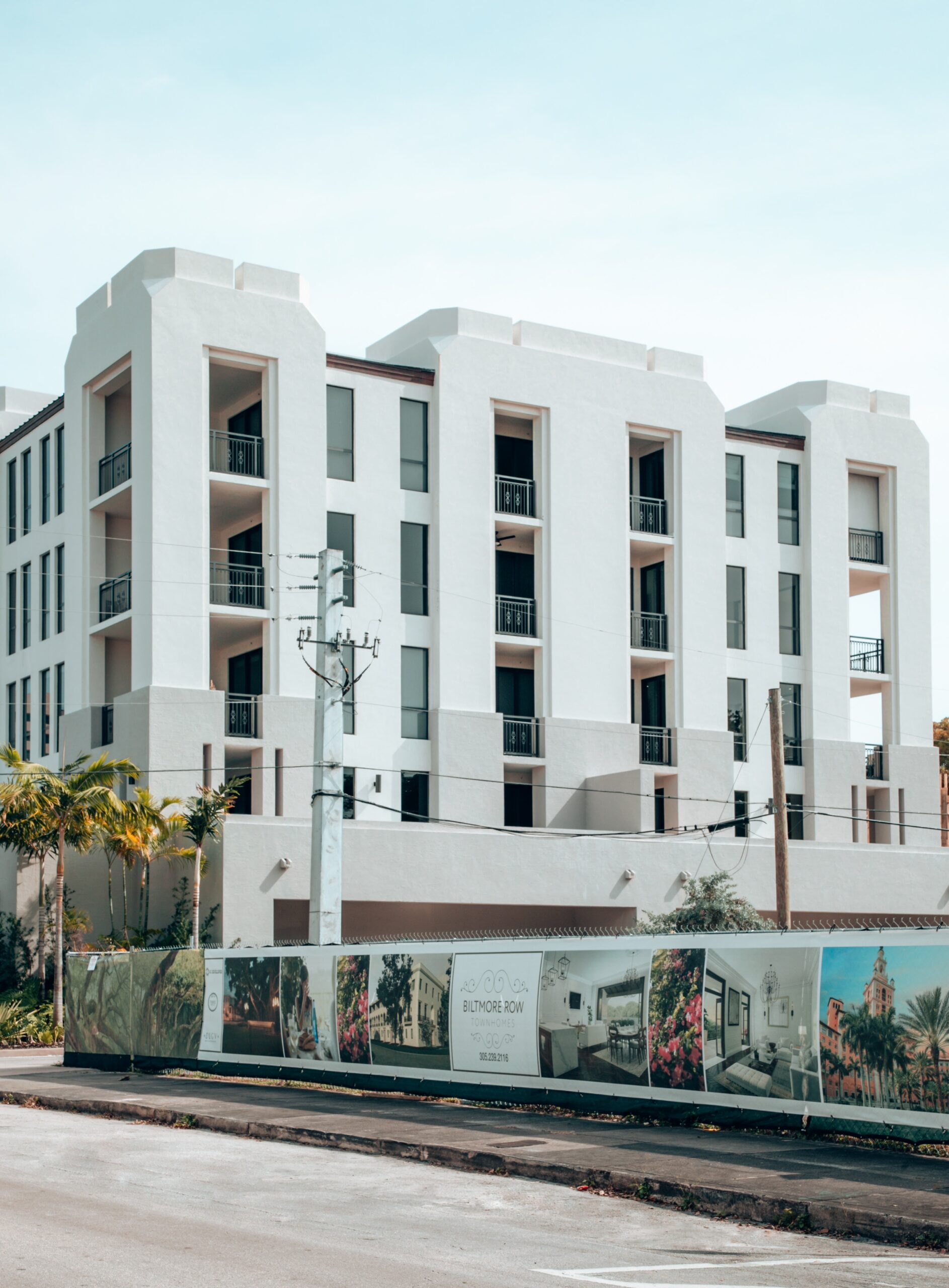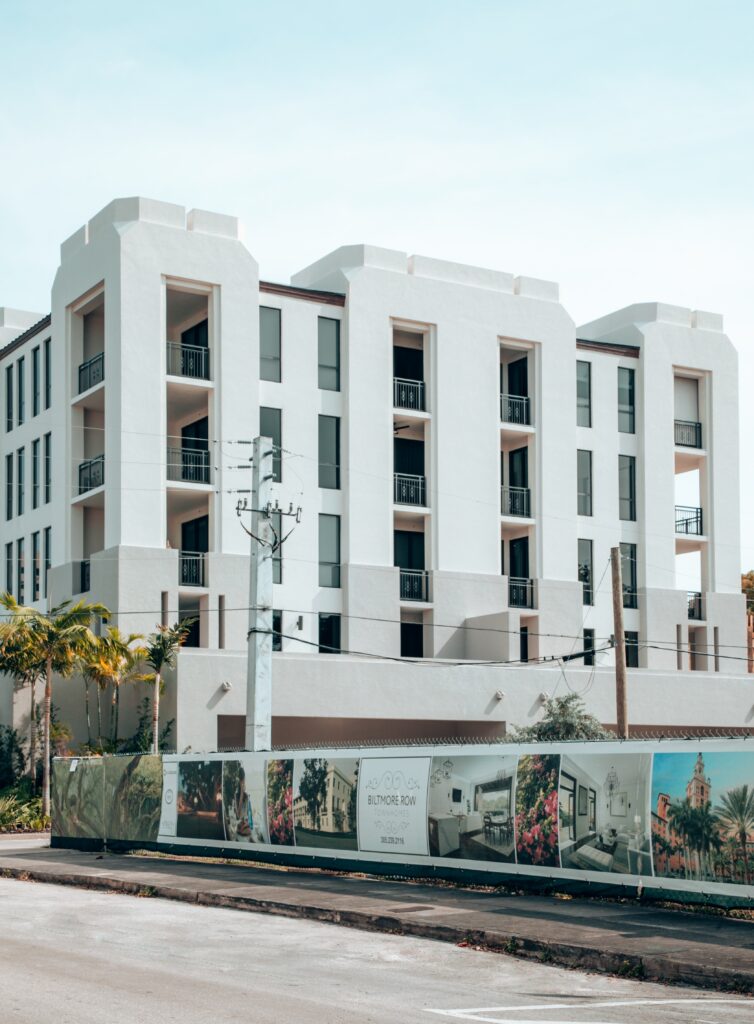4 Things You Need to Know About the Various Classes of Multifamily Real Estate
Most investors know various kinds of commercial real estate (e.g., multifamily real estate, retail, industrial, etc.). However, there are multiple kinds of commercial real estate for each category. These classes mainly discuss the quality of a property.
Using “classes” is like giving property scores. A property in exceptional condition would be called Class A property, much as an outstanding student may be known as an A-plus student. To learn more about the various classes of multifamily real estate, continue reading.
4 Things You Need to Know About the Various Classes of Multifamily Real Estate
Overview of the Multifamily Real Estate Class
Investors in the real estate business must comprehend property class and type. The class describes the general calibre of a property, whereas type (such as multifamily) defines functionality.
According to Si Vales Valeo, quality is typically influenced by a property’s location, facilities, overall state, and age.
Investors classify properties in multifamily real estate as Class A, Class B, or Class C depending on the quality above parameters. The properties in Class A are of the highest calibre, Class B is of a mid-range calibre, and Class C is of the lowest calibre.
Properties in Class A
In investors’ opinion, the most secure multifamily investments are Class A buildings. In prime areas of major markets, these houses are situated. Class A properties are also frequently newer, which boosts aesthetic appeal while lowering maintenance needs.
Class A buildings usually offer significantly more facilities than Class B or Class C residences to entice tenants with better credit and income (e.g., gyms, on-site pools, rec rooms, etc.) They frequently stand close to important employment hubs, educational institutions, healthcare facilities, and places of entertainment. Typically, they will have easy access to main thoroughfares or public transportation.
“Trophy assets” is another term for Class A properties. They are highly coveted assets that generate attention from many buyers, including domestic and foreign investors.
Class B Real Estate
Multifamily properties in the Class B category are barely below Class A in terms of quality. These homes typically sit outside the upscale areas where Class A homes are situated. Class B properties usually require more excellent upkeep because they are older.
When compared to Class A multifamily, older properties typically have fewer high-end features and facilities, and thus fall under ‘class B’. Before purchasing a Class B property, investors should carefully examine recurring and neglected maintenance issues as these can significantly affect your bottom line.
Due to these elements, Class B properties have lower rents than Class A buildings. These might be more thrifty tenants or companies who are hesitant to sign a pricey, lengthy lease at a Class A property.
Properties of Class C
Of all multifamily properties, Class C properties are the most dangerous. They are the oldest, most minor desirable locations and typically have severe ongoing and deferred maintenance requirements.
Rarely do Class C houses have any amenities in the communal areas. These characteristics result in tenants with lower incomes and less credit who are more susceptible to economic upheavals, which raises the risk of default from an investor’s standpoint.
Due to the abovementioned factors, Class C multifamily homes attract the lowest rents. Class C structures frequently stand in less favourable areas. They might be located in less desirable neighbourhoods, away from main employment hubs, or in regions with more excellent crime rates. Those who cannot afford to live elsewhere are among the tenants on the residential side.
Conclusion
A seller who has put a lot of money into their building might give it a grade that other buyers in the market would not. It would be beneficial to get more details about a property before investing.
There are many different types of multifamily real estate, but there isn’t just one that is “optimal” in terms of investment. Instead, investors should analyze all the advantages and disadvantages of specific deals, considering the property class and related factors.









